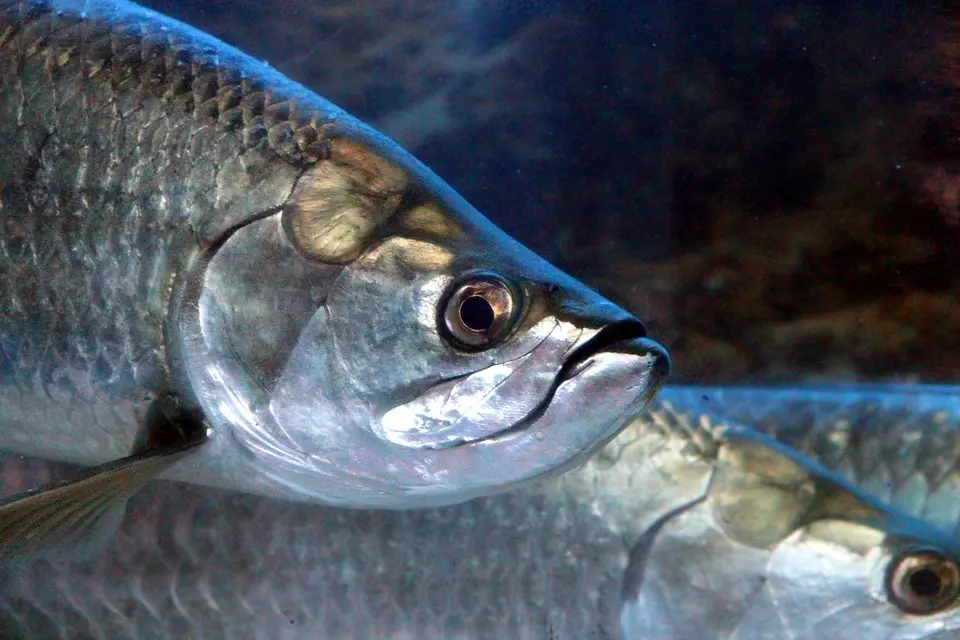Tarpon: Stages - Spawning
Table of Contents
- Tarpon Spawning: An In-Depth Fishing Guide
- Overview of Tarpon Spawning
- Spawning Stages
- Spawning Areas
- Temperament During the Spawning Period
- Targeting Tarpon During Spawning
- Retrieve Techniques and Strategies
- Targeting Large Female Tarpon
- Community and Expert Angler Tips
- Popular Search Terms Related to Tarpon Spawning
Tarpon Spawning: An In-Depth Fishing Guide

Image Credit: zoosnow on Pixabay
Overview of Tarpon Spawning
Tarpon spawning is a dynamic and critical period in the life cycle of tarpon, presenting unique challenges and opportunities for anglers. During spawning, tarpon exhibit distinct behavioral changes that affect their location, aggression, and response to fishing tactics. This guide breaks down the spawning process into detailed stages, discusses preferred spawning areas, and outlines effective techniques to target tarpon during this period.
Spawning Stages
-
Pre-Spawning:
- Description: Tarpon begin to migrate towards known spawning grounds as water temperatures and photoperiods change.
- Behavior: At this stage, tarpon are in transition—they may be less aggressive and tend to congregate in deeper or sheltered areas in preparation for spawning.
-
Peak Spawning:
- Description: This stage marks the height of reproductive activity, with tarpon gathering in large numbers.
- Behavior: Tarpon become highly active and aggressive as they compete for mates. Strikes are often explosive, and the fish may exhibit erratic, rapid movements.
-
Post-Spawning:
- Description: After the main spawning event, tarpon disperse as they recover from the energy-intensive process.
- Behavior: During this phase, tarpon might be less responsive, and their feeding activity tends to wane as they shift focus to recovery and migration.
Spawning Areas
Tarpon typically spawn in areas that offer the right mix of water quality, temperature, and protection:
- Estuaries and River Mouths:
Nutrient-rich, brackish waters create ideal conditions for spawning, attracting large aggregations of tarpon. - Coastal Inlets and Bays:
These areas provide the necessary environmental complexity with variable depths and cover. - Delta Regions:
Dynamic water flow and abundant forage make deltas key spawning habitats for tarpon.
Temperament During the Spawning Period
- Pre-Spawning:
Tarpon may be more cautious and less responsive as they acclimate to new environments. - Peak Spawning:
During this phase, tarpon are aggressive and highly responsive. They are more likely to strike energetically at well-presented lures. - Post-Spawning:
As the spawning frenzy subsides, tarpon can become subdued and selective, often requiring a subtler presentation to entice a strike.
Targeting Tarpon During Spawning
Retrieve Techniques and Strategies
-
Stop-and-Go Retrieve:
- When to Use: Effective during pre- and post-spawning phases when tarpon may be more cautious.
- How: Alternate between steady retrieves and brief pauses. The intermittent motion simulates injured or drifting prey, enticing strikes from hesitant tarpon.
-
Erratic Twitching:
- When to Use: Useful when tarpon have become conditioned to predictable lure movements.
- How: Incorporate sudden, sharp twitches or jerks into your retrieve. This unpredictable action can provoke an explosive reaction from actively spawning tarpon.
Targeting Large Female Tarpon
Large female tarpon, often the most desirable catches during spawning, can be particularly selective:
- Presentation:
Use a slower, more deliberate retrieve to match the subtle movement of natural prey. - Lure Choice:
Opt for lures that mimic the size and coloration of local baitfish. Natural, reflective colors often work best. - Location:
Focus on deeper areas or sections of the spawning grounds where larger females tend to aggregate for spawning.
Community and Expert Angler Tips
Watch video tutorials from seasoned anglers. One recommended video on Spawning Tarpon fishing is featured below:

Click the thumbnail above to watch a detailed guide on targeting spawning tarpon.
For more tips, check out "fishing spawning tarpon tips" on YouTube
Popular Search Terms Related to Tarpon Spawning
| Search Term | Thumbnail | Link |
|---|---|---|
| Tarpon Spawning Techniques | Watch Video | |
| Best Lures for Tarpon Spawning | Watch Video | |
| Tarpon Spawning Retrieve Methods | Watch Video | |
| Where to Find Spawning Tarpon | Watch Video | |
| Tarpon Spawning Fishing Tips | Watch Video |
Ask AI for More Info
Try our AI assistant for free—sign up to access this powerful feature.
👉 Sign Up to Ask AI